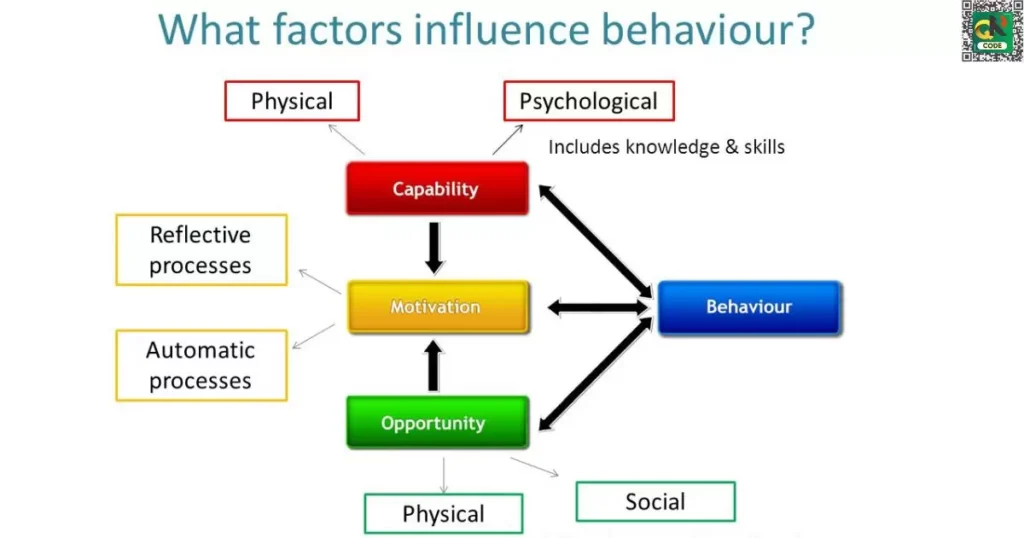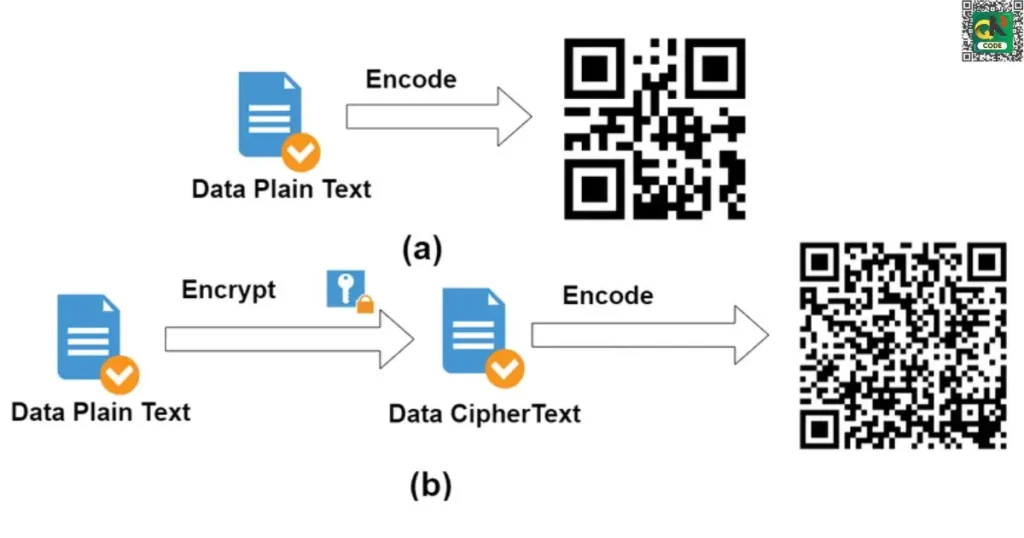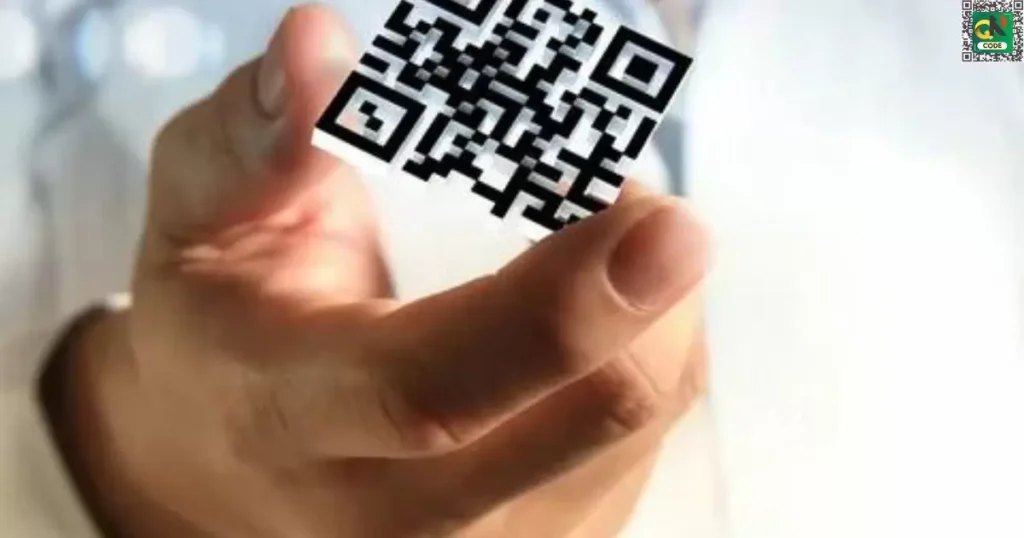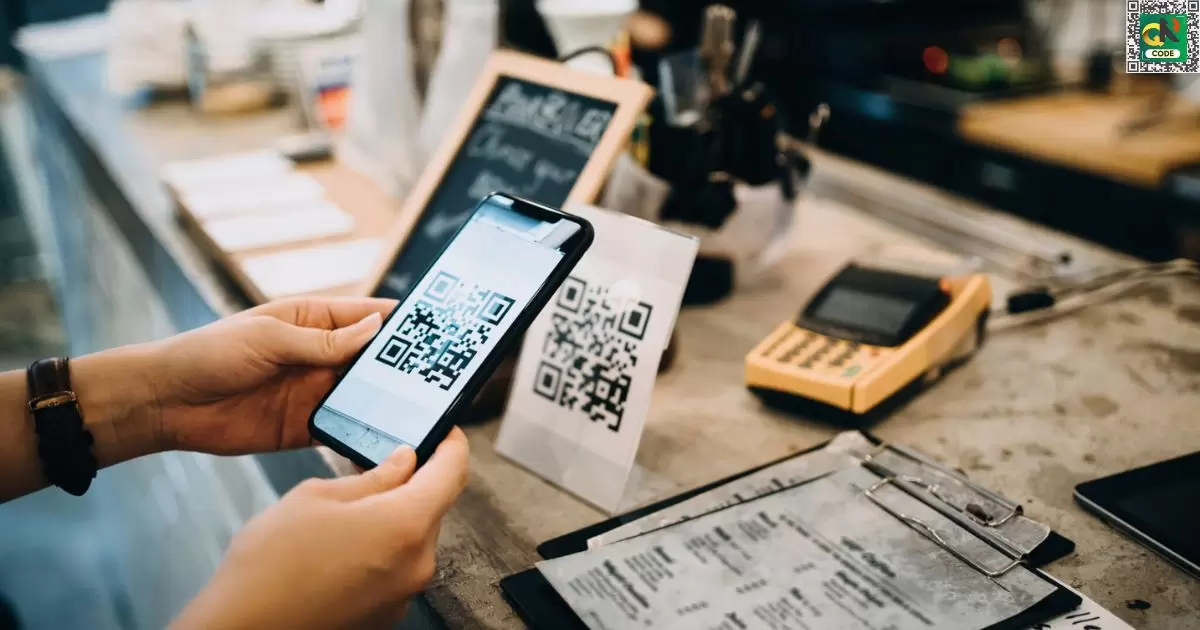A QR code short for Quick Response code is a two dimensional matrix of black squares. They are arranged on a white background. This matrix serves as a compact vessel capable of encoding various types of data ranging from simple text to more complex sets of information.
Curiosity often arises about the QR code’s storage capacity. “How much data can a QR code store?” The fascinating world of data encoding and the potential applications of QR codes. You will uncover the intricate balance between the QR code’s size and the volume of information it can encapsulate leading to intriguing revelations.
In the context of QR codes their storage capacity is not fixed but contingent upon factors such as version error correction level and the type of information being encoded. A standard QR Code Store up to 3,000 alphanumeric characters or 7,000 numeric characters.
A Comprehensive Guide to Dynamic & Static QR Code Data Storage
The nuances of Dynamic and Static QR Codes deciphering their distinct approaches to data storage. Uncover their applications and benefits in this comprehensive guide.
Static QR Codes
Static QR Codes are fixed and contain unchangeable data making. Them ideal for consistent information like business contact details or static URLs. They are widely used for marketing and basic informational purposes offering simplicity and reliability in data presentation.
Dynamic QR Codes
Dynamic QR Codes such as those used for ”Gas Station Accept Venmo QR Code” provide real time flexibility for encoding information. Whether for dynamic content updates event management or marketing campaigns, these QR codes enhance engagement and adaptability across various applications.
QR Code Maximum Data Storage Details

The intricacies of QR Code Store limits. The factors influencing maximum capacity and exploration. How these versatile codes efficiently store information for diverse applications.
QR Code Max Data Size
The QR Code Store Max Data Size is a crucial factor in efficient information encoding. How it varies based on QR code versions, error correction levels and data types. Resolve the complexities of maximizing data within these codes for diverse applications in this concise exploration.
QR Code Size Limit and Max QR Code Size
The QR Code Store Limit and Max QR Code Size crucial factors influencing the amount of data a QR Code Store. The constraints and possibilities optimizing your use of QR codes for efficient information encoding and retrieval.
QR Code Data Size vs. Data Matrix Code
The differences between QR Code Store and Data Matrix Code comparing their capabilities for information storage. The nuances in encoding diverse data types assist you in choosing. The most efficient and effective solution for your specific needs in this insightful exploration.
Data Matrix Code
A Data Matrix Code is a two dimensional barcode that encodes data in a square or rectangular matrix. Widely used in logistics and manufacturing it efficiently stores information like serial numbers and product details. Its compact design makes it versatile for various applications ensuring reliable data capture.
Data Size: The face-off
Enter on the face off between data size limitations, the break challenges and solutions. Crack insights into optimizing data storage navigating the intricate landscape of information exchange in this exploration of Data Size: The Face-Off.
Tracking Flexibility and Ease of Use
The advantages of tracking flexibility and ease of use essential features in various systems. How these qualities enhance user experience and streamline processes making. These are indispensable elements for efficient and user friendly applications across diverse domains.
The Factors that Influence Data Capacity

The intricacies of data capacity in QR codes. Uncover factors like version error correction and information type influencing the amount a QR code can efficiently store.
- Higher versions often allow for increased data capacity.
- More robust error correction enables larger data storage.
- Alphanumeric or numeric data impacts storage limits.
- Larger codes can accommodate more information.
- Efficient encoding techniques contribute to data capacity.
- A larger grid allows for a greater amount of data encoding.
- Proper color and contrast enhance scanning reliability.
- Tailoring QR code parameters to specific needs optimizes data capacity.
- Different file formats affect the efficiency of data encoding.
- Balancing data capacity with quick scanning ensures a positive user experience.
Advanced Configurations for QR Code Size and Storage
Advanced configurations for QR Code Store and storage optimizing data encoding. Techniques to boost information capacity and meet diverse application needs efficiently.
| Configuration | Impact on QR Code Size | Influence on Data Storage | Application |
| Version | Higher versions allow for increased data capacity. | Affects the overall storage potential of the QR code. | Varied depending on information volume. |
| Error Correction Level | Robust levels enable larger data storage. | Directly impacts the QR code’s ability to recover from errors. | Critical for reliable data transmission. |
| Information Type | Alphanumeric or numeric data impacts storage limits. | Determines the type of information the QR code can efficiently store. | Tailored to specific data requirements. |
| QR Code Size | Larger codes can accommodate more information. | Influences the physical dimensions of the QR code. | Ideal for applications with ample space. |
| Encoding Methods | Efficient techniques contribute to data capacity. | Directly affects the compression and encoding efficiency. | Appropriate for optimized data representation. |
| Grid Size | A larger grid allows for a greater amount of data encoding. | Influences the density of information within the QR code. | Suitable for applications requiring high density data. |
| Color and Contrast | Proper color and contrast enhance scanning reliability. | Affects the readability and accuracy of QR code scanning. | Beneficial for visually distinctive applications. |
| Application Requirements | Tailoring QR code parameters optimizes data capacity. | Aligns the QR code with specific application needs. | Customized for diverse information requirements. |
Tailoring QR Code Store to Match Your Data Encoding Needs

Customize QR code parameters to match diverse data encoding needs. Tailoring versions error correction and information types optimizes. The storage ensures efficient encoding for varied applications.
- Version Selection for Optimal Capacity
- Choose QR code versions based on data volume requirements.
- Higher versions allow for increased storage catering to diverse encoding needs.
- Fine-Tuning Error Correction Levels
- Customize error correction to balance data integrity and storage efficiency.
- Robust error correction suits critical applications while lighter levels save space.
- Adapting Information Type Encoding
- Optimize QR code for alphanumeric or numeric data aligning with specific encoding needs.
- Tailor the information type to match the nature of the data being stored.
- Strategic QR Code Size Determination
- Adjust QR code size to accommodate varied information volumes.
- Larger codes suit comprehensive data while smaller ones are apt for concise information.
- Application Centric Configurations
- Align QR code parameters with the requirements of the intended application.
- Customizing configurations enhances compatibility and efficiency for specific data encoding needs.
Adapting to Various Information Types and Use Cases
QR Code Versions
Adapt to varied information types by selecting an appropriate QR code version.
Error Correction
Customize error correction levels based on the sensitivity of information for robust encoding.
Alphanumeric Data
Optimize QR codes for efficient storage of alphanumeric information.
Numeric Data
Tailor QR code parameters for numeric data encoding needs.
Mixed Data
Accommodate diverse information types by selecting a versatile QR code version.
Application Requirements
Align QR code encoding with specific use cases and application needs.
Compact Codes
Create smaller QR codes for concise information optimizing for limited space.
Large Codes
Utilize larger QR codes for comprehensive data suitable for applications with ample display space.
Analyzing Alphanumeric and Numeric Limits of QR Code Data Storage

The analysis of alphanumeric and numeric limits plays a crucial role. Alphanumeric characters consisting of letters and numbers have a specific impact on how much information a QR Code Store can efficiently store. For instance QR codes designed to store URLs or text messages benefit from the versatility of alphanumeric characters allowing a mix of letters and numbers for concise representation.
When seeking into the numeric limits of QR Code Store it becomes evident that numeric characters allow for more condensed representation. This efficiency is valuable when encoding data like phone numbers or product codes. The design of QR codes takes into account the varying needs of alphanumeric and numeric data, offering a flexible solution for different applications.
Evaluating the Impact of QR Code Size Limit on User Experience
The impact of QR Code Store limit on user experience is a critical consideration in the field of information encoding and retrieval. The size of a QR code directly influences its visibility and scannability. In scenarios where space is limited such as on printed materials or business cards smaller QR codes are often preferred to maintain aesthetics and practicality.
.
Conversely in situations where ample space is available, larger QR codes are advantageous for several reasons. They offer a larger data capacity accommodating more information for comprehensive encoding. Larger QR codes are generally easier to scan enhancing user convenience.
FAQ’s
What factors determine the data capacity of a QR code?
The influences of version error correction and information type on a QR code’s storage capabilities.
Is there a fixed limit on the amount of data a QR code can store?
The dynamic nature of QR Code Store is influenced by factors like size encoding methods and application requirements.
Can a QR code store different types of information, such as text and URLs?
Learn about the versatility of QR codes which can encode various data types including text URLs, contact details and more.
How does the QR code size impact its data storage capacity?
Seek into the relationship between QR code size and its ability to accommodate different volumes of information.
What are the practical considerations when determining the amount of data to encode in a QR code?
Gain insights into the balancing act between data capacity and user experience considering factors like application requirements and user convenience.
Conclusion
The intricacies of how much data a QR Code Store have uncovered a dynamic landscape influence. By factors like version error correction and information type. The analysis of QR code size encoding methods and application requirements further underscores the adaptability of these codes to diverse needs. As we navigate this exploration the nuanced interplay between QR code size limit and user experience emerges. Striking the right balance between data capacity and ease of scanning is paramount for optimal functionality.
Consider the scenarios where QR codes become indispensable from compact codes suited for limited use. The spaces to larger codes accommodate comprehensive data. This prompts us to reflect on the practical considerations of encoding just the right amount of information.












